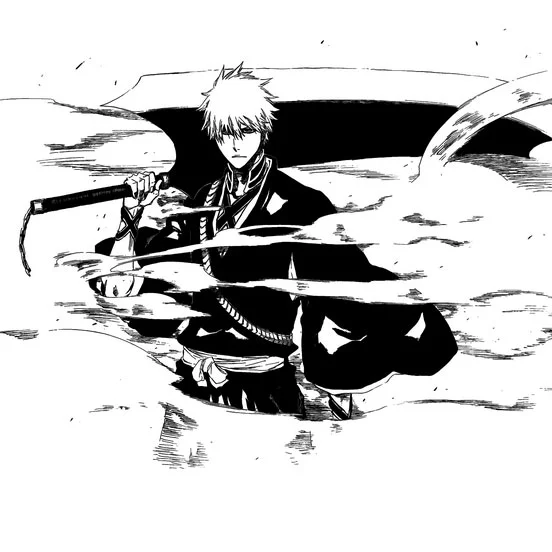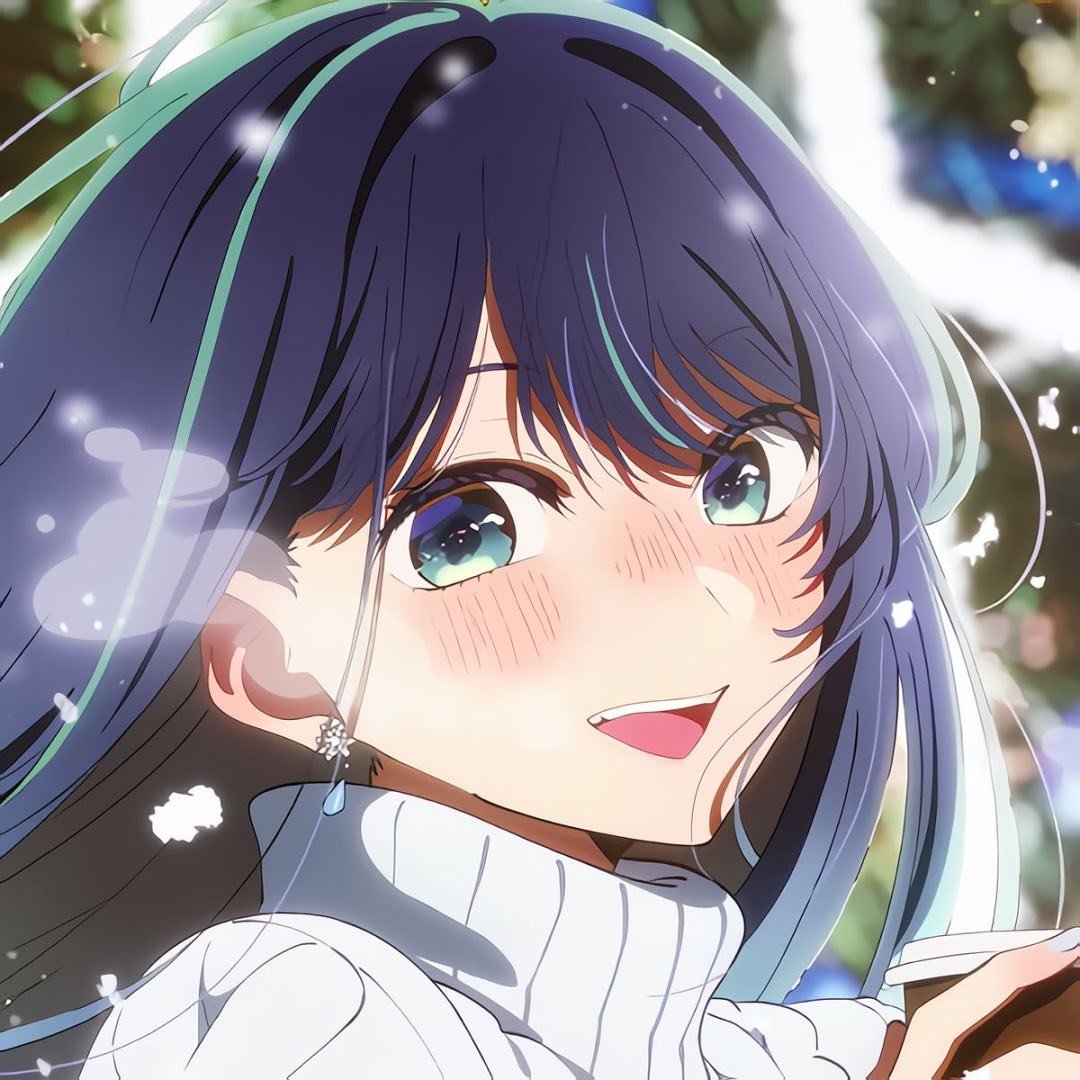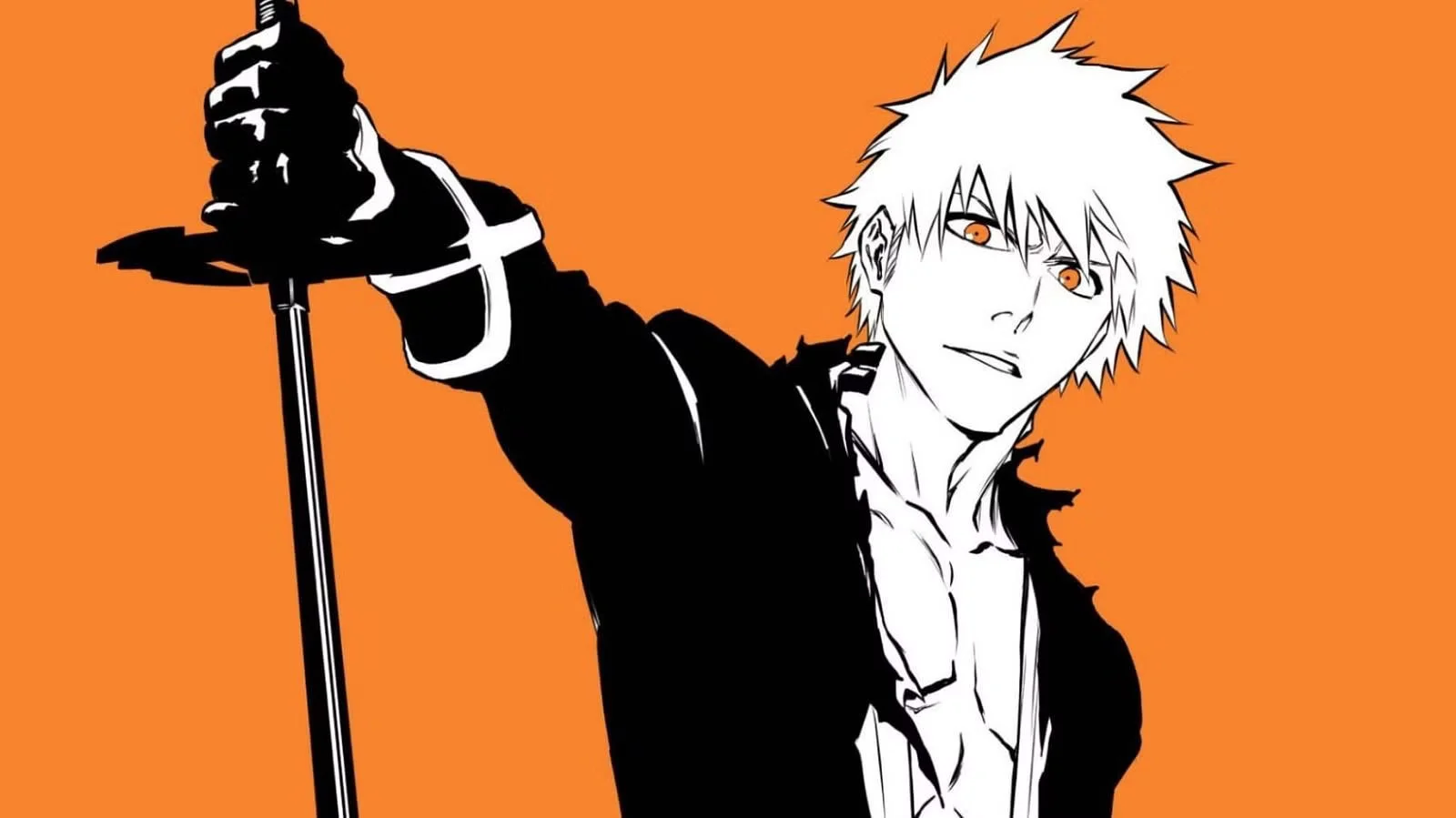“Bleach” is more than just a manga series; it’s a cultural phenomenon that has left a significant mark on the world of anime and manga. Created by Tite Kubo, “Bleach” follows the adventures of Ichigo Kurosaki, a teenager who gains the powers of a Soul Reaper—a being who bridges the world of the living and the dead. Serialized in Shueisha’s “Weekly Shōnen Jump” from August 2001 to August 2016, this series has captivated readers globally and has become one of the best-selling manga of all time. In this blog, we’ll explore the essence of “Bleach,” its impact, and why it continues to be relevant today.
Table of Contents
1. Overview of Bleach
Creation and Serialization
“Bleach,” written and illustrated by Tite Kubo, debuted in Shueisha’s “Weekly Shōnen Jump” on August 7, 2001. It ran until August 22, 2016, amassing a total of 74 tankōbon volumes. The series stands out for its unique blend of adventure, martial arts, and supernatural elements, creating a compelling narrative that has kept readers hooked for over 15 years.

Plot Summary
The story centers on Ichigo Kurosaki, a teenager who inadvertently acquires the powers of a Soul Reaper after a fateful encounter with Rukia Kuchiki, a Soul Reaper herself. Soul Reapers are tasked with defending humans from evil spirits known as Hollows and guiding departed souls to the afterlife. Ichigo’s newfound abilities thrust him into a world of ghostly realms and supernatural battles, setting the stage for epic confrontations and personal growth.
Main Characters
– Ichigo Kurosaki: The protagonist with the ability to see ghosts and possess Soul Reaper powers.
– Rukia Kuchiki: The Soul Reaper who initially grants Ichigo his powers and becomes his mentor.
– Renji Abarai: A fellow Soul Reaper with a complex history and a fierce sense of loyalty.
– Orihime Inoue: Ichigo’s friend with healing abilities and a deep, unspoken love for him.
– Uryū Ishida: A Quincy, a group with a long-standing enmity with Soul Reapers, who becomes Ichigo’s ally.
2. Impact and Reception
Manga and Anime Success
“Bleach” quickly became a staple in the world of manga and anime. Its success in Japan was mirrored internationally, with Viz Media licensing the English release in North America. The series was serialized in “Shonen Jump” magazine from November 2007 until its final issue in April 2012. With over 130 million tankōbon volumes in circulation worldwide by 2022, “Bleach” is among the best-selling manga of all time.
International Recognition
The series’ global impact is evident from its extensive fanbase and the accolades it has received. The 50th Shogakukan Manga Award for the shōnen category in 2005 highlights its critical acclaim. Its popularity has been sustained by its gripping narrative, well-developed characters, and imaginative world-building.
Awards and Sales
“Bleach” has received numerous accolades for its storytelling and art. The series’ ability to captivate audiences and maintain high sales figures underscores its enduring popularity.
3. Media Franchise Expansion
Anime Adaptation
The anime adaptation, produced by studio Pierrot, aired from 2004 to 2012, further cementing “Bleach” as a prominent name in anime. The series was well-received for its dynamic action sequences and faithful adaptation of Kubo’s work. A sequel anime, adapting the final story arc of the manga, premiered in 2022, reigniting interest among long-time fans and attracting new viewers.
Films and OVAs
“Bleach” has also expanded into animated films, including:
– Memories of Nobody (2006)
– The DiamondDust Rebellion (2007)
– Fade to Black (2008)
– Hell Verse (2010)
These films have contributed to the franchise’s success by exploring new stories and characters within the “Bleach” universe.
Live-Action Adaptation
In 2018, a live-action film adaptation was produced by Warner Bros., bringing “Bleach” to a broader audience. While opinions on the adaptation vary, it showcases the franchise’s versatility and appeal across different media.
Merchandise and Musicals
The success of “Bleach” extends beyond manga and anime, with a range of merchandise, including trading cards and collectibles, as well as stage musicals that bring the story to life in a new format. These expansions highlight the series’ cultural impact and its ability to engage audiences in various ways.
Bleach manga wallpaper (TYBW Spoilers)
byu/Azrapsel121016 inbleach
4. Legacy and Influence
Cultural Impact
“Bleach” has significantly influenced both manga and anime genres. Its unique take on the Soul Reaper concept, along with its blend of action, supernatural elements, and complex characters, has inspired countless other works. The series’ exploration of themes such as duty, friendship, and the struggle between good and evil resonates deeply with audiences.
Influence on Other Works
The success of “Bleach” has paved the way for other series with similar themes and storytelling techniques. Its influence is evident in how modern shōnen manga incorporate elements of the supernatural and martial arts.
Continued Popularity
Despite ending in 2016, “Bleach” remains popular among fans. The recent anime sequel and ongoing discussions about the series demonstrate its lasting appeal and relevance in the anime community.
5. Conclusion
“Bleach” stands as a testament to the power of storytelling in manga and anime. With its rich world-building, compelling characters, and significant impact on the genre, it continues to captivate new generations of fans. As the franchise evolves and expands, its legacy remains a vital part of the anime and manga landscape. Whether you’re a long-time fan or new to the series, “Bleach” offers an immersive experience that is both thrilling and thought-provoking.
“Bleach” is more than just a manga; it’s a phenomenon that has shaped the anime world. Its impact is felt not only through its stories but also through its continued presence in various media. As we look to the future, the series’ influence and appeal will undoubtedly endure, making it a cornerstone of modern manga and anime culture.

Akane, known as akanecco._ on Instagram, is a passionate and experienced Anime creator specializing in anime content. With 317 engaging posts and a dedicated following of 12.7K, Akane has become a trusted authority in the anime community. Through detailed reviews, character explorations, and insightful analyses, Akane shares an extensive knowledge of anime, captivating and educating fans with every video. Follow Akane on Instagram to immerse yourself in the vibrant world of anime and join a community of like-minded enthusiasts here- Facebook and Pinterest.





